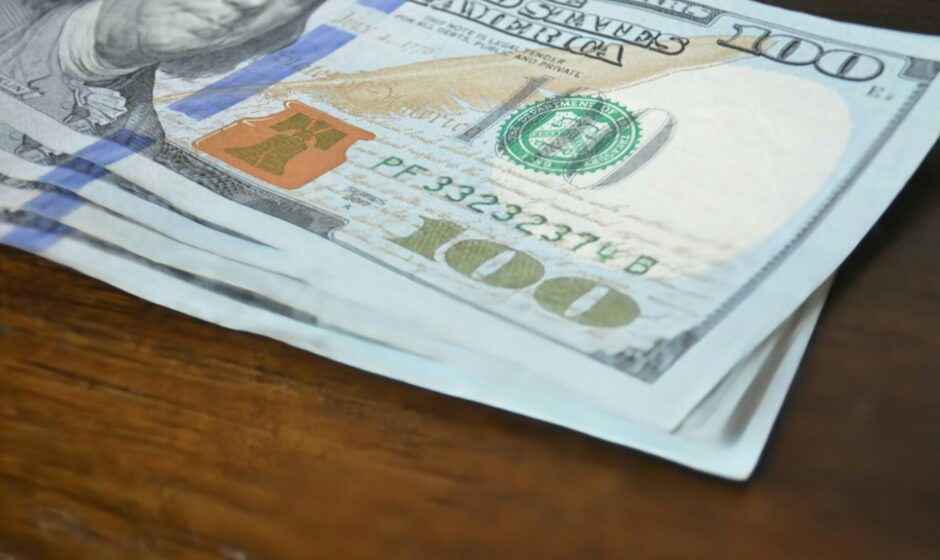A government money fund (or government money market fund) is a type of mutual fund that invests primarily in short-term, low-risk debt securities issued or backed by the U.S. government.
Here’s a breakdown 👇
💡 What It Invests In
- U.S. Treasury bills, notes, and bonds
- Securities issued by U.S. government agencies (like Fannie Mae, Freddie Mac)
- Repurchase agreements backed by government securities
⚙️ How It Works
Investors put money into the fund, and the fund’s managers use that money to buy government-backed short-term debt.
- The interest earned on these investments is distributed to investors as dividends.
- Investors can typically withdraw money at any time, similar to a bank savings account.
🛡️ Why It’s Considered Safe
- The investments are backed by the U.S. government, so there’s very low credit risk.
- However, it’s not insured by the FDIC (unlike bank deposits).
📊 Typical Use
- Used by individuals and institutions as a place to park cash temporarily.
- Offers liquidity and stability, though the yield is usually lower than riskier investments.
📈 Example
If you put $10,000 in a government money fund, the fund might invest in short-term Treasury bills. You’ll earn a small amount of interest (say, 4–5% annually depending on market rates), and you can withdraw your money anytime.



